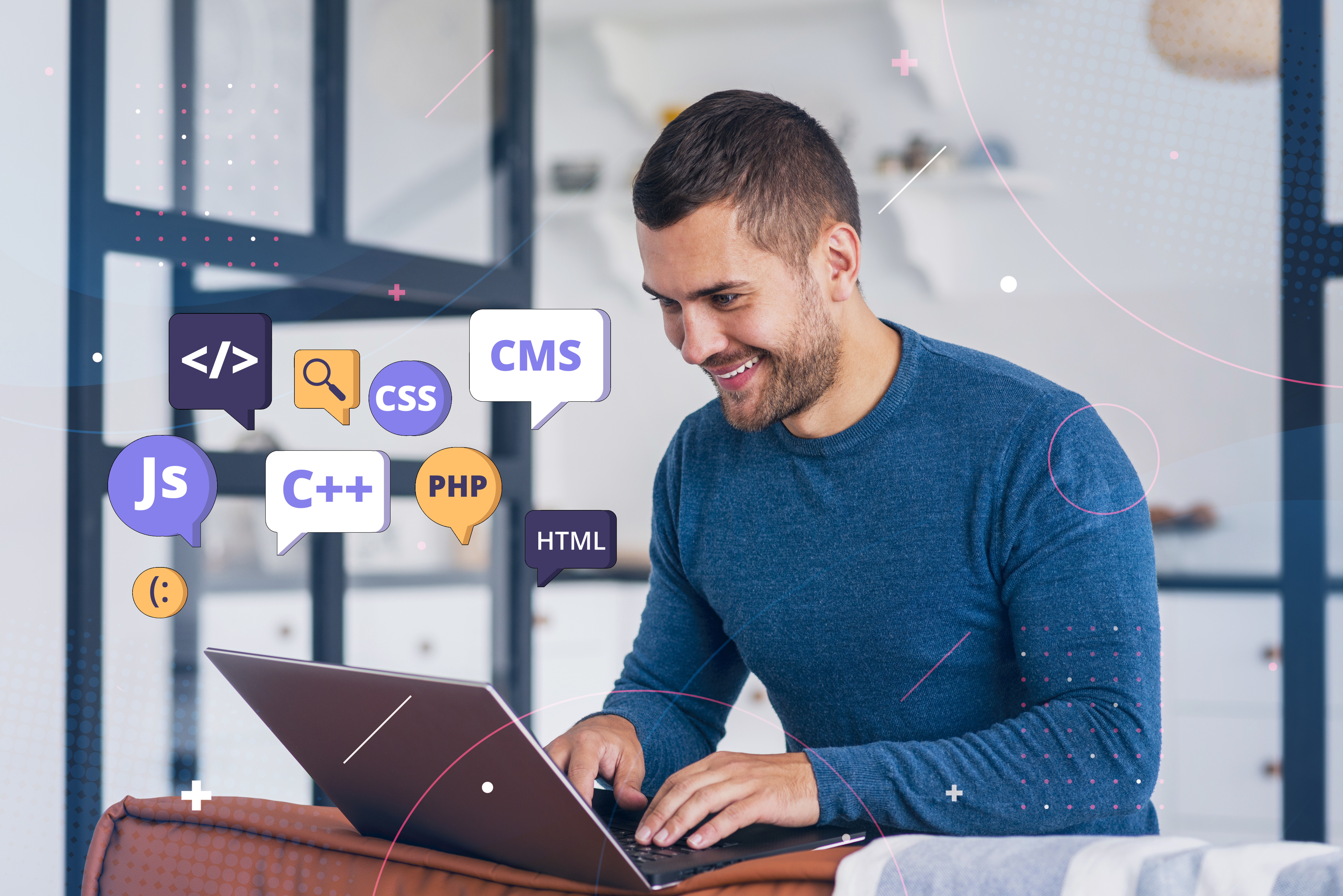How to Become a Full-Stack Java Developer in 2025: A Complete Roadmap


In the world of software development, full-stack Java developers are highly sought after because of their ability to build complete web applications, from the frontend (UI) to the backend (server and database). If you aspire to become a Full-Stack Java Developer, this guide will take you through the essential skills, tools, and roadmap required to succeed in 2025.
A Full-Stack Java Developer is a professional who develops both the frontend (client-side) and backend (server-side) of a web application using Java technologies. They work with databases, APIs, servers, and user interfaces to create fully functional applications.
Start by mastering Core Java, which is the foundation of all Java-based development.
✔ Java Syntax & Data Types
✔ Object-Oriented Programming (OOP)
✔ Collections Framework (List, Set, Map)
✔ Exception Handling
✔ Multithreading & Concurrency
✔ Java 8+ Features (Streams, Lambda, Functional Interfaces)
✅ Resources:
Once you are comfortable with Core Java, move to Java EE to understand how enterprise applications work.
✔ Servlets & JSP (Java Server Pages)
✔ JDBC (Java Database Connectivity)
✔ Java Beans & JPA (Java Persistence API)
✔ RESTful APIs with JAX-RS
✅ Resources:
The Spring Framework is essential for backend development in modern Java applications.
✔ Spring Boot – Microservices architecture, dependency injection
✔ Spring MVC – Building web applications
✔ Spring Data JPA – Database handling
✔ Spring Security – Authentication & authorization
✔ Spring Cloud – Distributed systems & microservices
✅ Resources:
A Full-Stack Developer must know how to build user interfaces.
✔ HTML & CSS – Structure & styling
✔ JavaScript & ES6+ Features
✔ TypeScript (optional but recommended)
✔ Frontend Frameworks (React.js, Angular, or Vue.js)
✔ State Management (Redux for React, NgRx for Angular)
✅ Resources:
A backend developer must understand database management.
✔ Relational Databases: MySQL, PostgreSQL
✔ NoSQL Databases: MongoDB, Redis
✔ ORM (Object-Relational Mapping): Hibernate, JPA
✅ Resources:
APIs enable communication between frontend and backend.
✔ RESTful API Design Principles
✔ GraphQL (alternative to REST)
✔ API Authentication (JWT, OAuth2)
✔ Swagger for API Documentation
✅ Resources:
Every developer must learn Git for collaboration and code management.
✔ Git Commands (init, clone, commit, push, pull, merge)
✔ Working with GitHub & GitLab
✔ Branching & Merging Strategies
✅ Resources:
In modern development, understanding DevOps practices helps in deployment.
✔ Docker & Kubernetes (Containerization & Orchestration)
✔ CI/CD Tools (Jenkins, GitHub Actions, GitLab CI/CD)
✔ Cloud Platforms (AWS, Azure, Google Cloud)
✅ Resources:
To gain practical experience, build real-world applications using the technologies you've learned.
✔ E-commerce Website (Spring Boot + React)
✔ Task Management System (Spring Boot + Angular)
✔ Chat Application (Spring Boot + WebSockets)
✔ Blog Platform (Spring Boot + MongoDB)
✅ Resources:
Once you have built projects, start preparing for job interviews.
✔ DSA (Data Structures & Algorithms) – LeetCode, CodeChef
✔ Java & Spring Boot Interview Questions
✔ System Design Concepts
✅ Resources:
Becoming a Full-Stack Java Developer in 2025 requires dedication, hands-on practice, and continuous learning. Start with Core Java, progress to Spring Boot, master frontend technologies, and build real-world projects to solidify your knowledge.
By following this roadmap, you’ll be well-equipped to land a job as a Full-Stack Java Developer and build scalable, high-performance applications.
